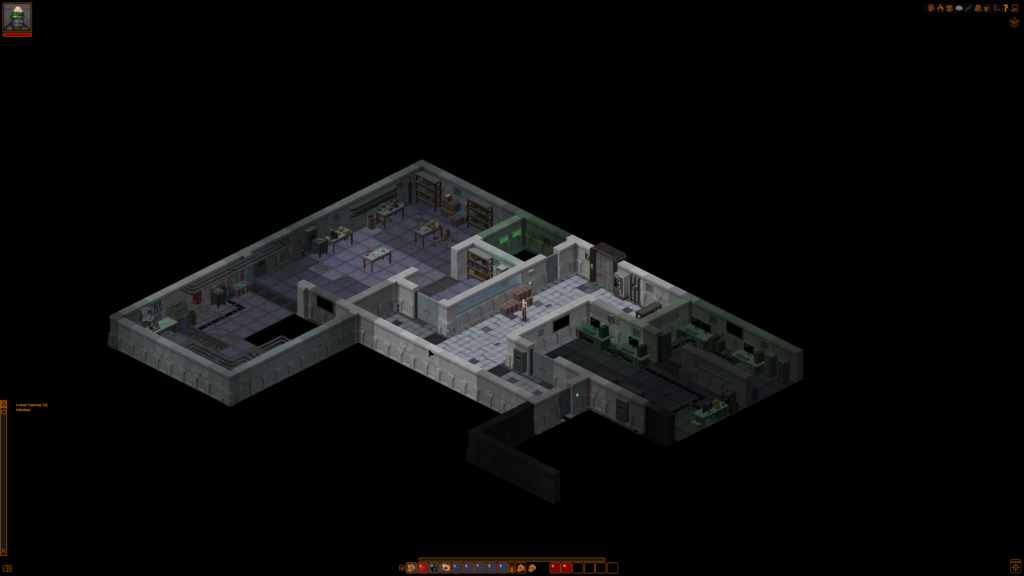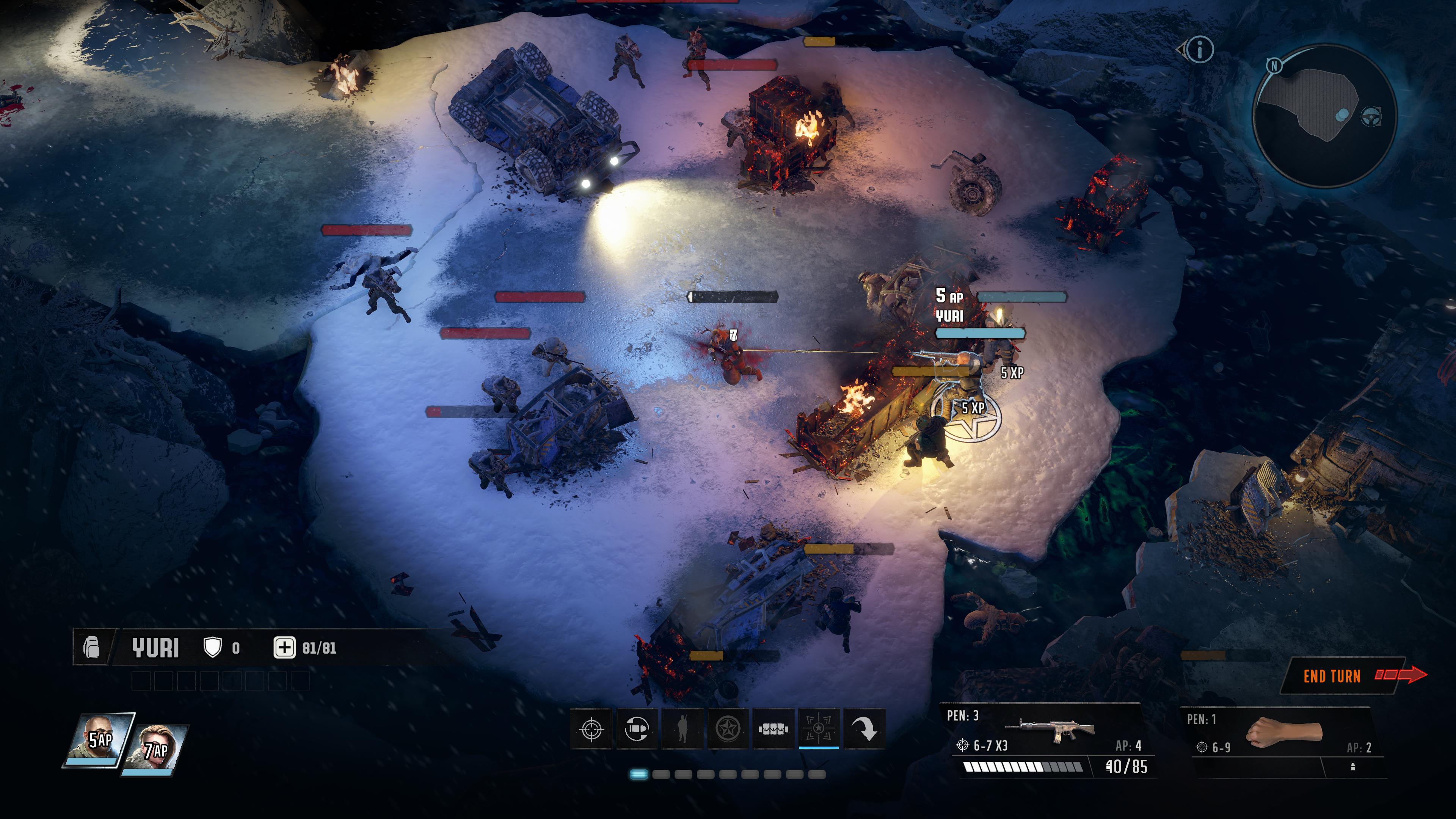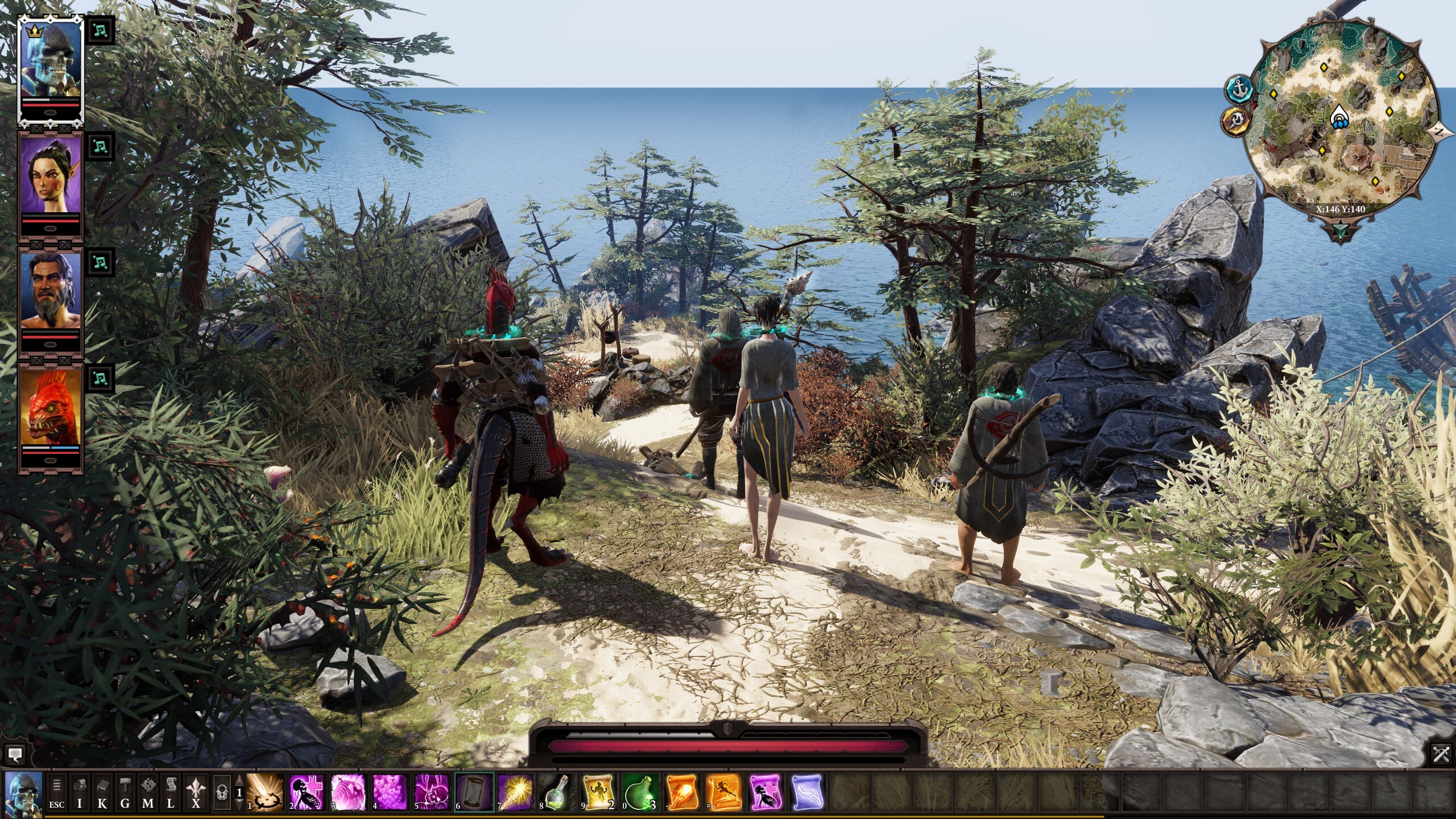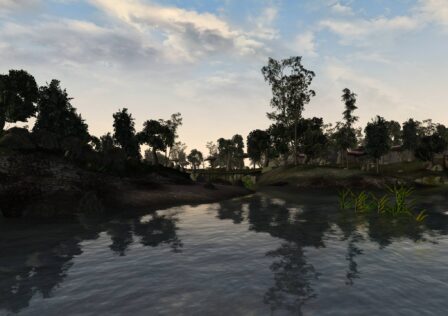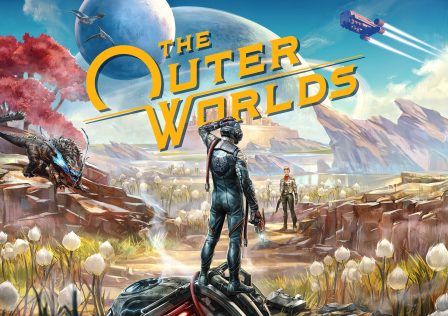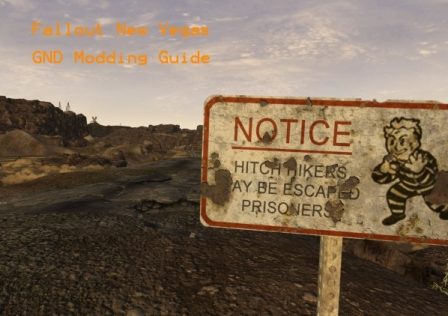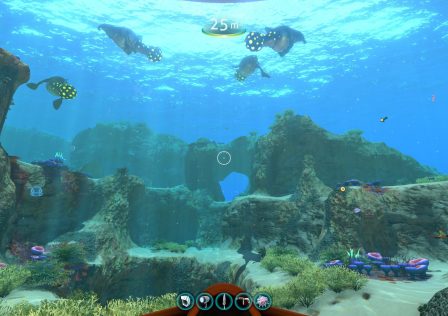Since around 2014, isometric RPGs, often referred to as “cRPGs”, have been making a comeback in PC gaming. Divinity: Original Sin may have been the one to start this trend, and Pillars of Eternity was another early adopter. These types of RPGs today are lower budget ones. Although the overwhelming majority of them are disappointing and designed to be nostalgic first and good games second, often shying away from role-playing and lacking in ambition and originality, not coming close to the great classics, that is not what I will be discussing in this article (although for more on this, read this article).
Instead, this article will explain why these isometric RPGs absolutely should not be 2.5D. Isometric 2.5D games primarily use static 2D graphics with just some 3D elements like characters, but the isometric perspective makes them appear 3D. This perspective mimics how you play a tabletop RPG… sort of. But even these RPGs need to be 3D. The game that perhaps resurrected this type of RPG, Divinity: Original Sin, even knew that since it was a 3D game. 2.5D brings nothing but drawbacks and with engines like Unity today or even Unreal Engine 4, I don’t think isometric 2.5D RPGs should be considered acceptable.
Why Not 2.5D?
2.5D was a 1990s technological limitation, not an art style choice. Same for the pixellated graphics and sprites of early 1990s games – they were NOT art. Games from the early 1990s didn’t even support proper artistic expression via color palette, due to how muted color depth and display color gamut was, though this was less of an issue for the 2.5D games. The “art” of 2.5D games came from the environment design (nature, architecture) and color palette mostly. Even character art design was severely limited due to how low resolution they were, hence why some of these games had such detailed character RENDERS, which you’d see in the games’ art books, because the games themselves were too technologically limited to portray the artistic vision.
This fact is escaped on so many people, similar to pixellation being a limitation, not an art style choice. Those pushing for 1990s graphics in modern times are a new type of “graphics whore” who look past all other aspects of a game in favor of graphics, only instead of evolved graphics they want regressed graphics. Hence why every modern game with 1990s graphics gets called a modern classic by these people, just for their dated visual design.
Going back to when isometric 2.5D RPGs were mainstream in the late 1990s and very early 2000s, the only reason they were 2.5D was because 3D graphics weren’t advanced enough to convey the details that they wanted. Interplay/Black Isle Studios and BioWare didn’t want a world full of low polygon objects, so 2.5D made sense.
But now we’re in the damn Vulkan/DirectX 12 ray tracing era, and in 2014 when the return of cRPGs began we were already in the DirectX 11 tessellation era. Obviously 3D graphics were more than capable, evident with both Divinity: Original Sin games and some others since then. There’s this thing called Unity engine, you might have heard of it. Plenty of these isometric 2.5D RPGs use it in fact, but so do some isometric 3D RPGs, like Wasteland 2 and Wasteland 3.
Choosing isometric 2.5D over 3D is just blindly choosing nostalgia over actual progression. Even the guys who brought isometric 2.5D RPGs to the forefront – Interplay with Fallout and BioWare with Baldur’s Gate – progressed to 3D graphics in the early 2000s because it’s simply better for reasons I’ll go over below (not that this should require explanation). If the creators of the first two Fallout games, Planescape: Torment, Arcanum: Of Steamworks and Magick Obscura, and both Baldur’s Gate games thought that 3D graphics were good enough as early as 2002 then obviously 3D graphics in 2014 were more than sufficient!
Back when 2.5D was prevalent due to limitations, you didn’t see people asking for Wasteland or Wizardry graphics in cRPGs, now did you? Even in the 2000s, you didn’t see people asking for Infinity Engine graphics. Why start now? Purely nostalgia.
BioWare moved to 3D graphics with their most ambitious game by far, Neverwinter Nights, in 2002, while Black Isle Studios was making both Fallout 3 (not Bethesda’s) and Baldur’s Gate III: The Black Hound with 3D isometric graphics around the same time. Troika moved on to 3D graphics with Vampire: The Masquerade – Bloodlines. Obsidian made their debut with a 3D RPG, Star Wars: Knights of the Old Republic II – The Sith Lords, in 2004, and kept making only 3D RPGs until 2015 when they went backwards and made Pillars of Eternity which is both 2.5D and arguably their first stinker (between this and Alpha Protocol). Literally all of the industry leading isometric 2.5D RPG creators unanimously moved to 3D graphics in the early to mid 2000s, but today’s game studios like Obsidian and others bank on you not realizing this and selling you minimal effort 2.5D games.
Don’t give me budget as an excuse. Larian Games with the 3D Divinity: Original Sin games throws that argument right back at you, as does Owlcat Games with Pathfinder: Kingmaker and inXile with Wasteland 2. All similarly low budget games to most of the 2010s isometric 2.5D RPGs, even lower budget in some cases, yet those are all 3D. Pillars of Eternity, which is a 2.5D game, made around $1 million more than Wasteland 2 on Kickstarter (the primary source of both games’ budgets), and Wasteland 2 is a 3D game and a bigger and longer game.
An even worse argument is “it’s like the tabletop perspective!” We perceive reality as three dimensions, not two, so isometric 3D is more lifelike. When playing a tabletop RPG, you can move around the table to get a better view of things, like an isometric 3D RPG and unlike an isometric 2.5D RPG.
And why all the fuss, you ask? Not just because 2.5D looks so outdated compared to 3D, but more importantly it’s just functionally so inferior and prevents gameplay from evolving. You can’t have flying enemies like dragons actually fly in an isometric perspective, and you can’t even have creatures with many legs like bugs/insects effectively traverse walls or ceiling in an isometric perspective. Obviously by limiting a game to 1990s technology, gameplay remains forever limited and stagnated too. You can’t have Divinity: Original Sin’s physics based gameplay (or better yet something truly innovative like Exanima) in 2.5D.
The best of both worlds exists – 3D, a camera that can be third person, isometric, and everything in between, best exhibited by Neverwinter Nights 2 in which the isometric camera can lock onto characters or be set to free roam, edge scrolling enabled/disabled, a normal third person view like KOTOR can be used. I personally use a Total War type battle camera in that game.
3D lets you rotate the camera and zoom it far more dynamically, 2.5D forbids that. Moving the camera is pretty damn important for combat, or just to see important things in the world that might be obscured in a 2.5D game. So often in these distant isometric 2.5D RPGs with their fixed cameras you or enemies in combat or both will be obscured by walls, and you’ll be at the mercy of the game making those walls translucent so you can sort of see what’s going on but it’ll still be partially obscured. Unacceptable. It’s also nice to be able to explore in a more traditional third person view like in Neverwinter Nights 2 shown above for greater immersion.
It is true that isometric 3D RPGs like Divinity: Original Sin series and probably most others save on time and resources by not rendering things like ceilings that will always be out of view but hey, this is still infinitely better for both looks, functionality and practicality than isometric 2.5D. But really most of these games, which are NOT hugely ambitious (the exact opposite for most) and not rushed by big publishers, can afford to implement skies and ceilings like the Neverwinter Nights games do, which allow for both isometric and third person gameplay and a lot in between. And being able to rotate and zoom the camera so dynamically is just so damn useful and hard to live without, especially in combat.
On that note, it should of course go without saying that if you’re going to make an isometric 3D RPG, then you better be able to rotate and zoom and pan the camera. The aforementioned Pathfinder: Kingmaker doesn’t let you rotate it for some damn reason even though it’s 3D. And it shouldn’t just be fixed XCOM style rotation, it should be fluid, infinite rotation. Learn from early 2000s games like Neverwinter Nights 1 and 2…
Really the best “budget” argument you can make is for games with spectacular environments full of unique objects and models, in which case making them all in 3D would take longer than making them 2D. But that only applies to one modern isometric RPG that I know of, Torment: Tides of Numenera, and at least that game, as weak as it is, has much prettier than average isometric 2.5D graphics. But even then it’s a short game, compared to the massive 3D games in Wasteland 2 and Divinity: Original Sin 2, so that’s not an entirely convincing argument.
We’re in the 2020s. If a few cRPGs are going to exclusively use outdated technology, then whatever. But where are the ones using the latest and greatest technology? Imagine a D&D or Pathfinder cRPG with spells such as Vortex, Whirlwind, Control Weather, Wandering Weather, Curse of Fell Seasons, Tsunami using Unreal Engine 5 and FluidNinja LIVE with its physics based weather simulation, and on a planetary scale for an open world game. Imagine a physics based Passwall spell, or spells such as Earthquake, Meteor Swarm, or World Wave making use of fully deformable voxel based terrain. There’s so much from tabletop RPGs that can’t work with outdated technology, but does work with the latest and greatest.
The Bigger Issue
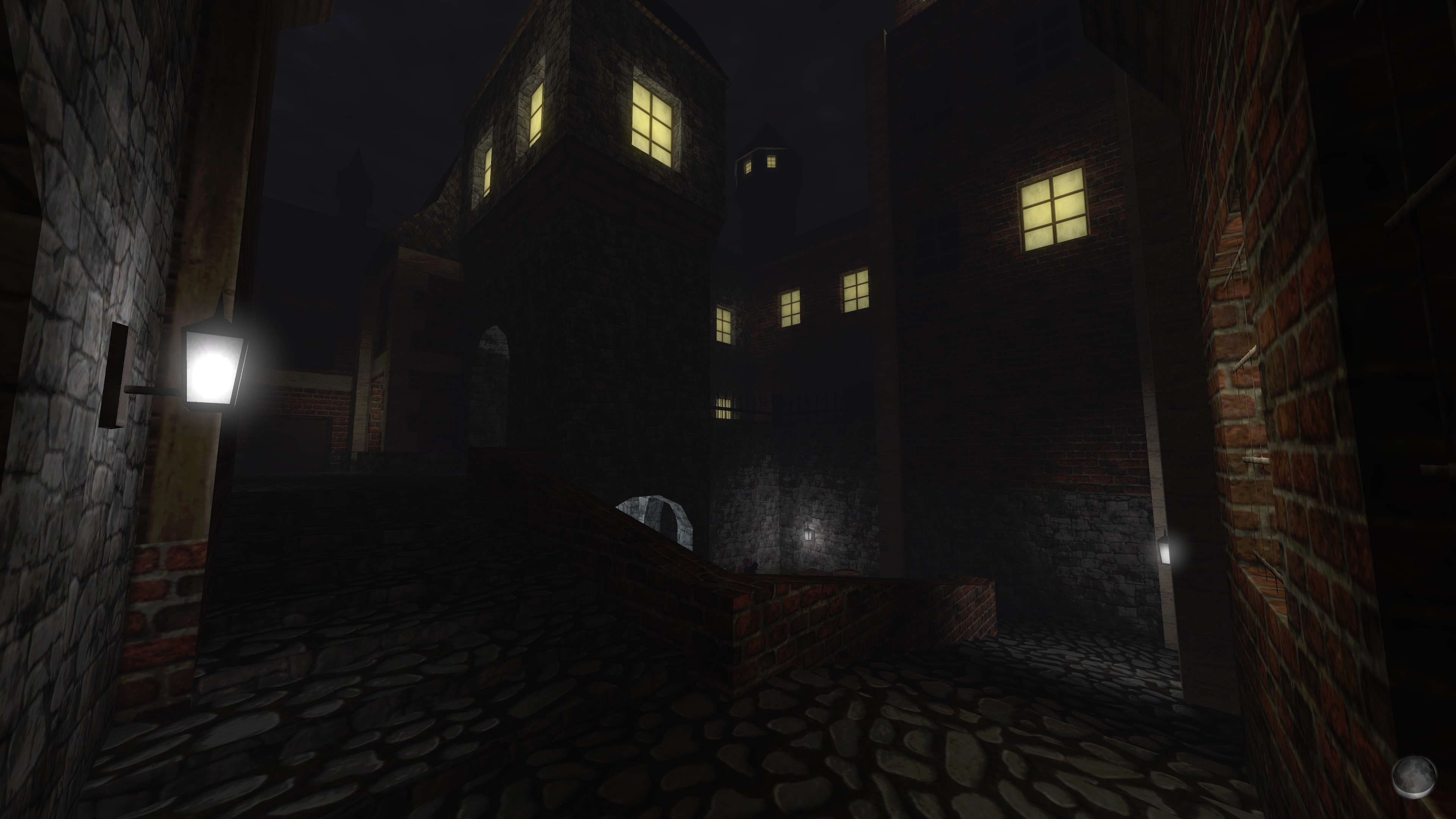
Gloomwood demo from 2020 pictured above.
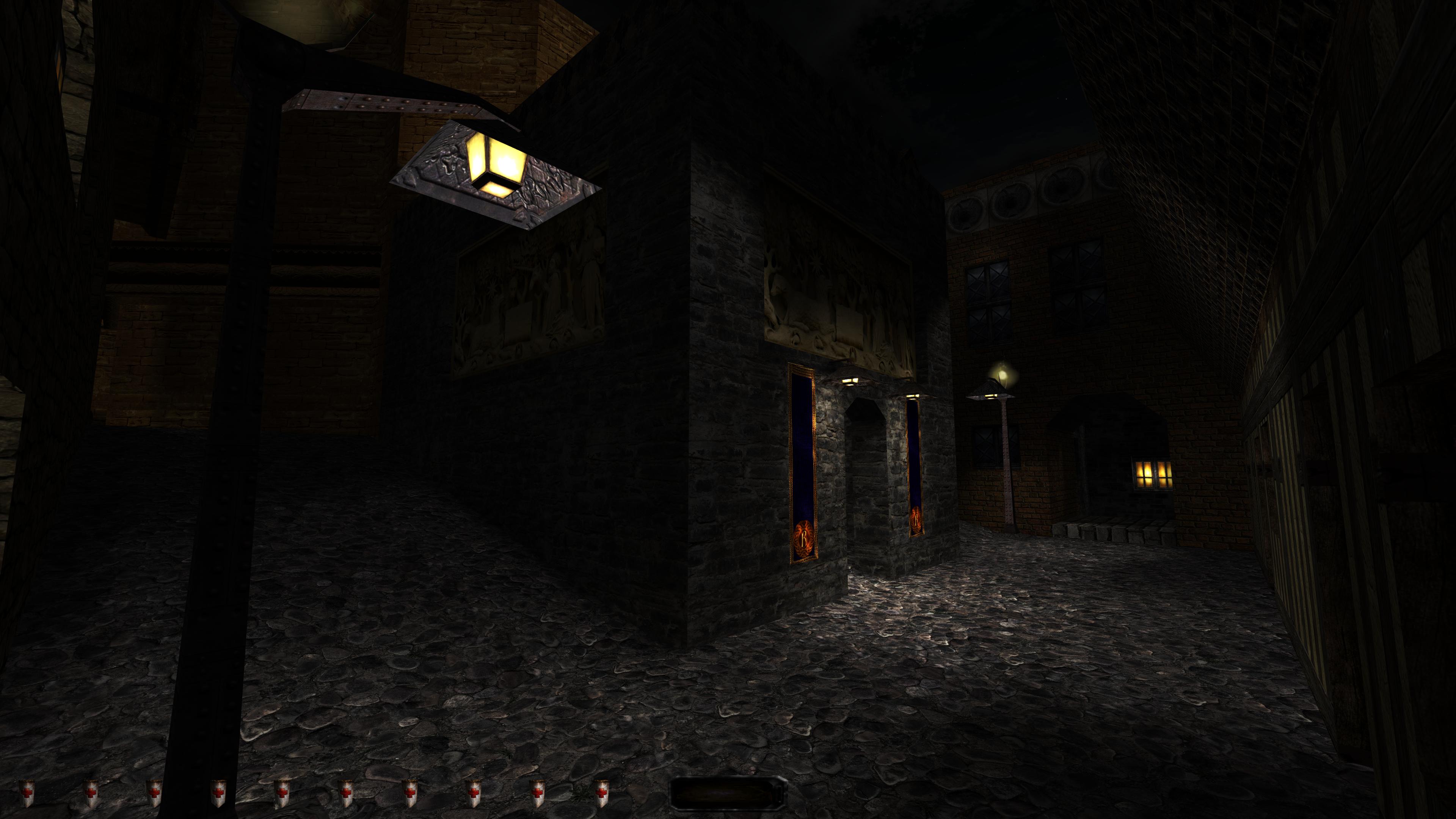
Modded Thief, a 1998 game. Gloomwood tries to copy Thief textures but my Thief is using higher resolution, much better looking ones, so this modded 1998 game is leaving the 2020 demo in the dust in that regard while otherwise looking similar.
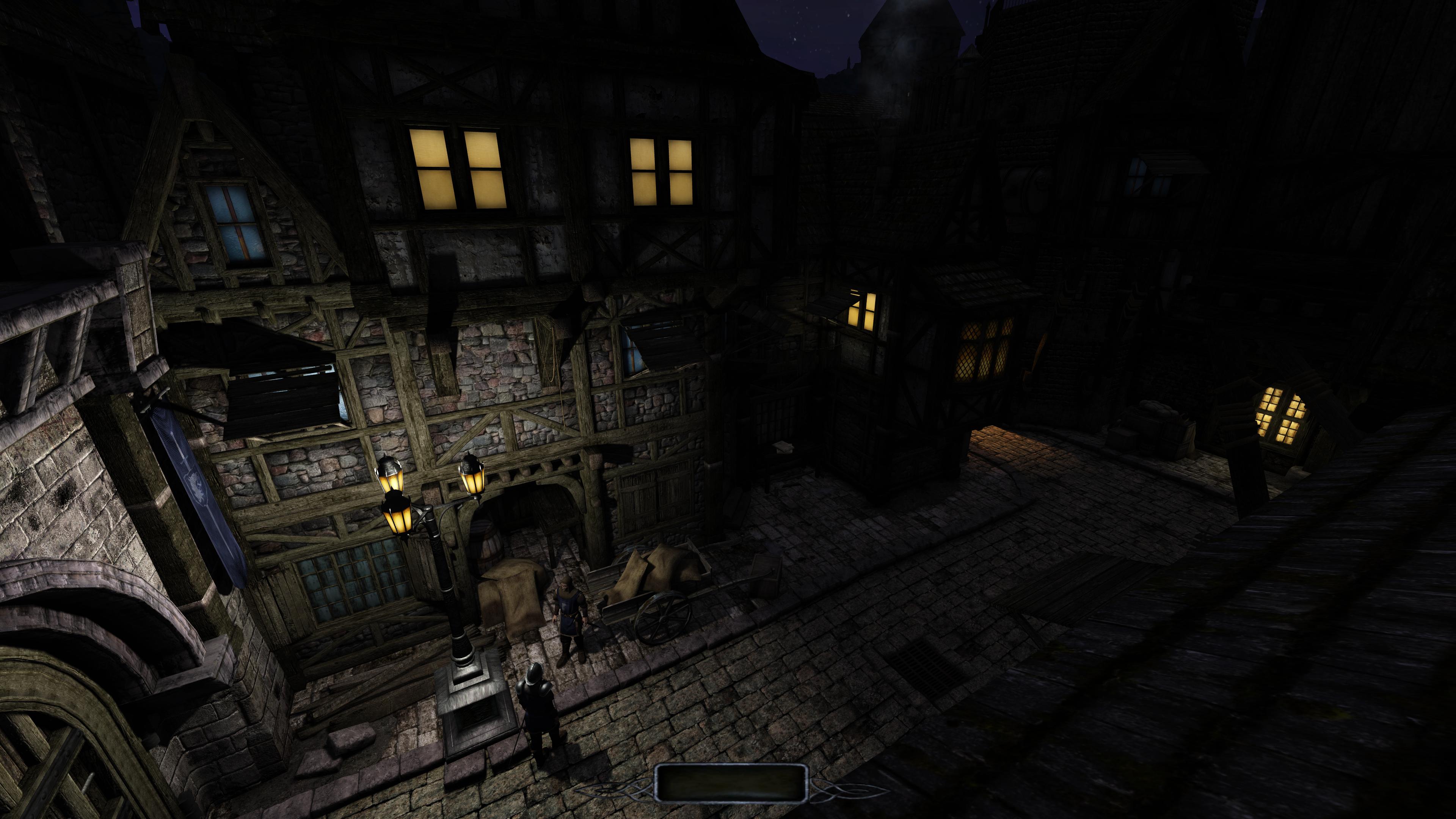
The Dark Mod, an open source spiritual successor to Thief made on id Tech 4 engine which was first used in DOOM 3 in 2004. Obliterates Gloomwood visuals in every way.
The issue here isn’t just the existence of isometric 2.5D RPGs, it’s games being built for nostalgia first, quality and originality second if you’re lucky. This retro graphics audience (the biggest “graphics whore” audience in gaming today by far) does not even comprehend the fact that early 1990s games were incapable of true artistic expression, due to how severe the technological limitations are in resolution (hence the pixels – not an art choice), model fidelity (beyond just resolution, e.g. sprites which also were not an art choice), color palette (extremely limited color depth and gamma did not allow for artistic expression through colors). By the time 2.5D came around, artistic expression was possible through environment design mostly, but artistic expression through characters was still extremely limited and most reliant on separate renders provided in art books. This is ignoring music of course, which was much less limited although 16 KHz audio is still a limitation worth considering. 2.5D wasn’t an art choice.
The issue is backwards thinking, the issue is laziness. This issue has reached virtually every genre today. The responsible game studios bank on you not realizing that all those classic games, if being made today, would be made using today’s technology, not yesterday’s technology. They bank on you not remembering that back then, all gamers dreamed of those classic games made with 2020 technology.
An example of this issue outside of RPGs can be seen in platformers or the upcoming game Gloomwood; there is no excuse for this game to have very similar graphics quality to Thief: The Dark Project as shown above, which had subpar graphics quality by 1998 standards and people complained about it back then. Now they realize most of their audience wasn’t around for that so they won’t complain.
No, stop it. Making a spiritual successor is cool, making a ripoff isn’t. Take Thief’s incredible atmosphere and remake it in Unity or Unreal engines without shoving 1998 graphics into it, taking advantage of modern rendering technology all the way. Have some standards. If the creators of these classic masterpieces were instead making those games today, they wouldn’t be using 1990s graphics, they’d be using what’s available to them today just like they did back then.
The Dark Mod, which is an open source spiritual successor to the Thief games made on id Tech 4, tries a proper spiritual successor to Thief unlike Gloomwood, and as a result it has far better visual quality than the upcoming Gloomwood in every way. How embarrassing! This open source mod takes the better approach than the paid game. Furthermore, the Gloomwood demo doesn’t even support surround sound, while Thief and Thief II have some of the best surround sound in the history of gaming! If the full game doesn’t have it then boy will I rip them a new one in my review.
Arx Fatalis is another proper spiritual successor rather than a lazy ripoff: it is a spiritual successor to the Ultima Underworld games – in fact the original goal was to make it a direct sequel but they couldn’t get the rights. Arx Fatalis was released in 2002 and had top notch visual quality for its time; they didn’t copy the ancient, archaic Ultima Underworld first person graphics. Arx Fatalis also draws some inspiration from Thief (which was made by the same studio that created Ultima Underworld) yet it didn’t have Thief’s 1990s graphics. And if you play Arx Fatalis today with the necessary source port, Arx Libertatis, it too far surpasses Gloomwood’s graphics in most ways which is embarrassing.
And of course there’s that new Baldur’s Gate game that is literally built on Infinity Engine, the same 1990s engine used for the first two games which even the original Baldur’s Gate III: The Black Hound left behind in favor of 3D graphics in the early 2000s. Unacceptable.
Where does it end? Is this nostalgia-first, quality-afterthought at best design also going to bring us a Pong rerelease for $70 plus a season pass or battlepass and microtransactions?
It’s 2020 and it’s time to catch up with the times. Your game can be nostalgic without lazily using 1990s technology. Wasteland 2 is nostalgic and 3D, so are the Divinity: Original Sin games, so is XCOM 2, so is Fallout: New Vegas, so is Arkane’s Prey (better referred to as Preyshock), so is DOOM Eternal which I’d say is the most technologically advanced game overall at the time of this writing.
The devout “retro graphics” crowd are of course largely representative of gamers using very outdated, low end PCs, and they shun modern graphics because they can’t run them. How many of these people do you imagine have a modern PC supporting the latest feature versions of Vulkan and DirectX 12 Ultimate? You don’t see this mindset for this sort of thing otherwise – you don’t see people asking for 1960s special effects (not practical effects, which are often preferable) in films.
Luckily there are less isometric 2.5D RPGs in the horizon and more 3D RPGs, but the lame nostalgia-first quality-afterthought games are not stopping yet. And of course, it’s not like 3D automatically makes an RPG good, as the aforementioned Divinity: Original Sin and Wasteland 2 or especially The Outer Worlds will remind you.
Never forget: almost every game considered an all time great, including the cRPGs, were technological pioneers and very forward thinking. No, they are not all time greats entirely because of that, but it helped tremendously as they used it to not only bolster presentation but gameplay as well. Until we do that again, games will only stagnate and regress.

